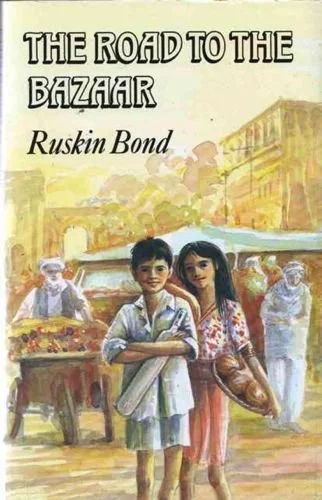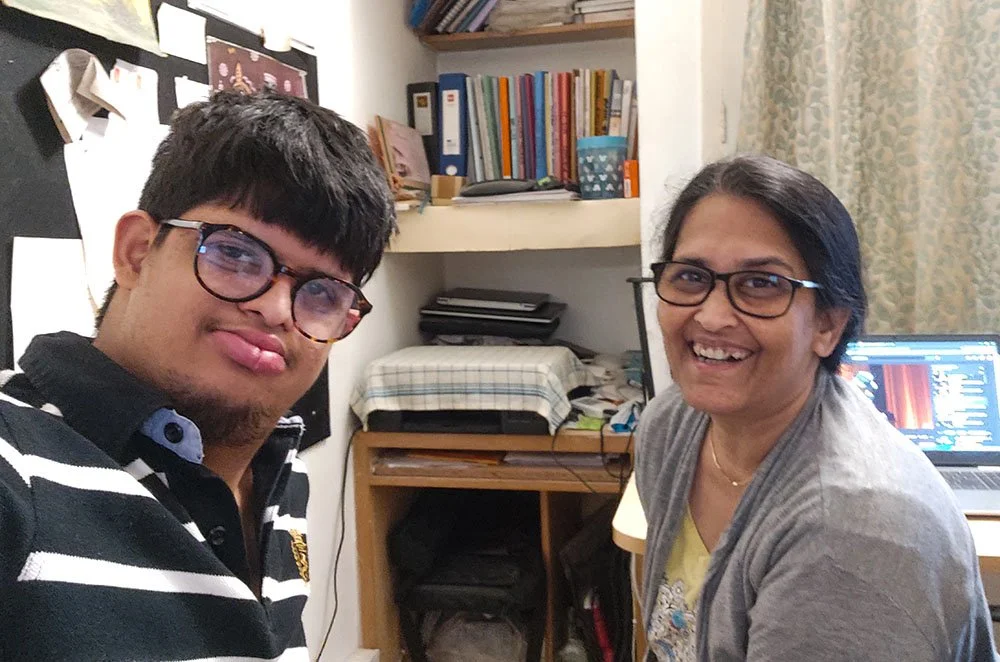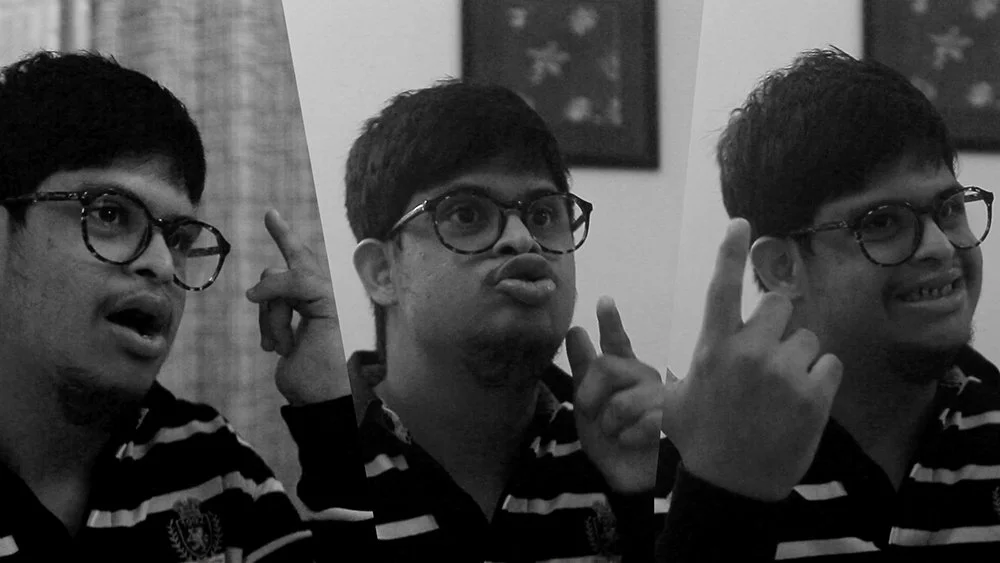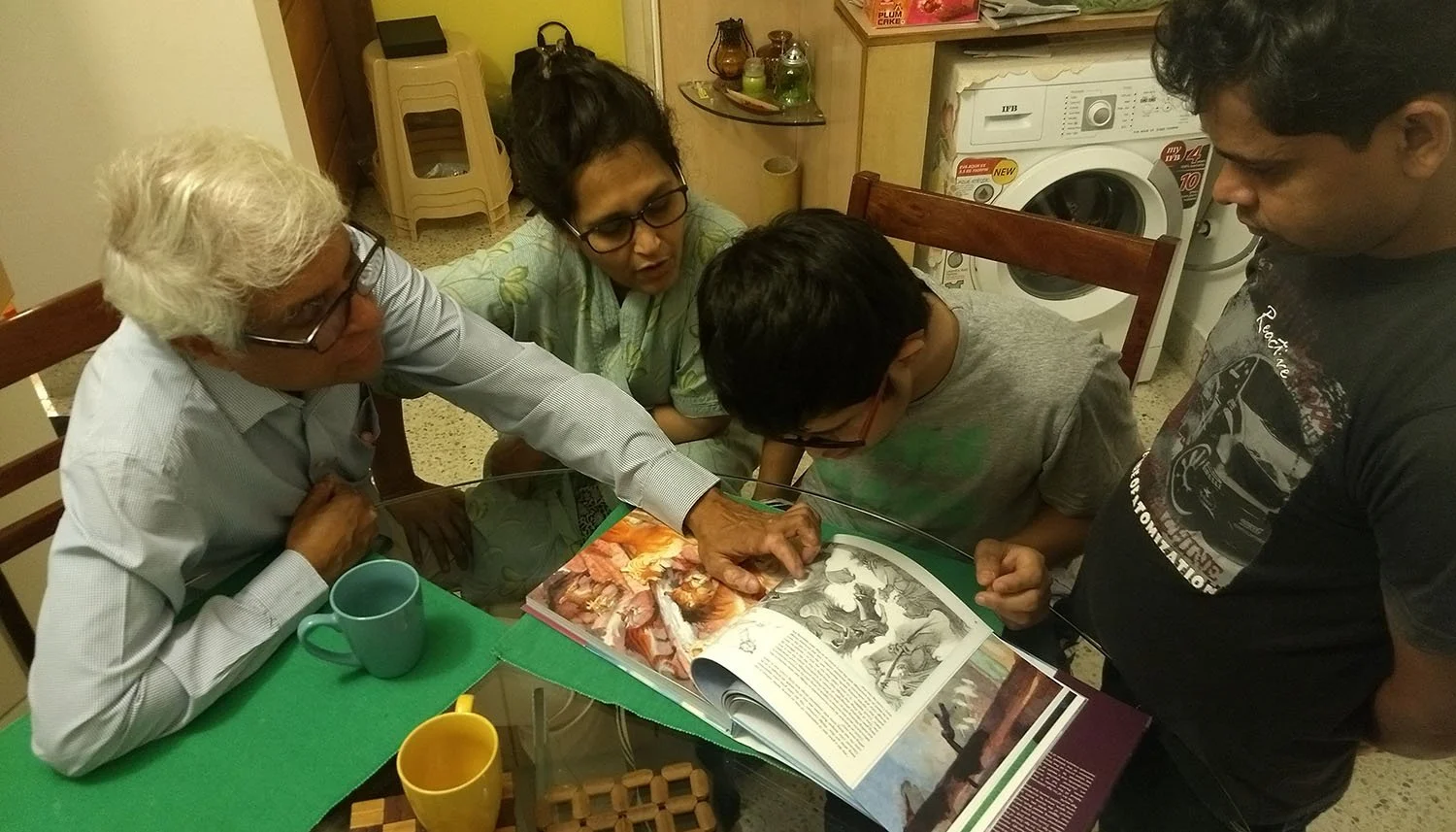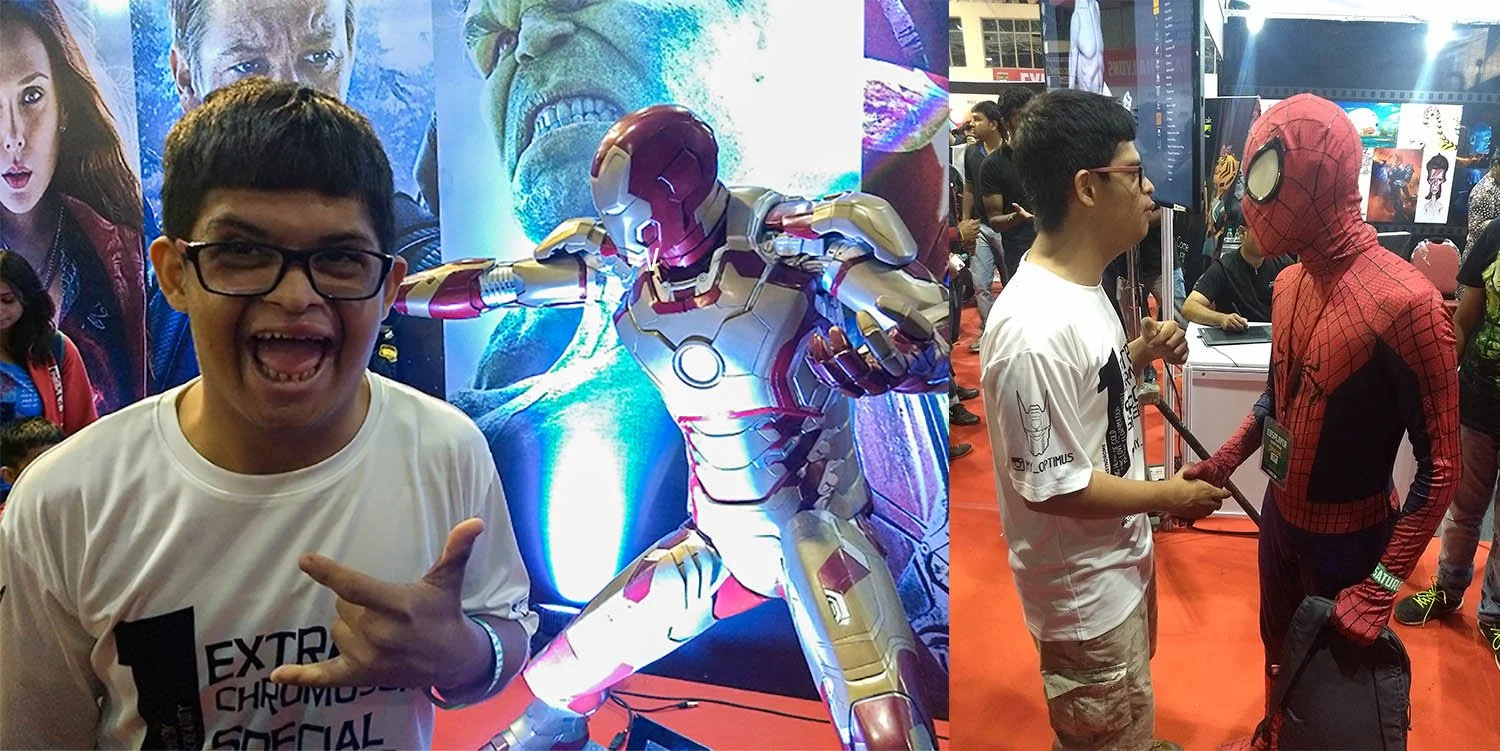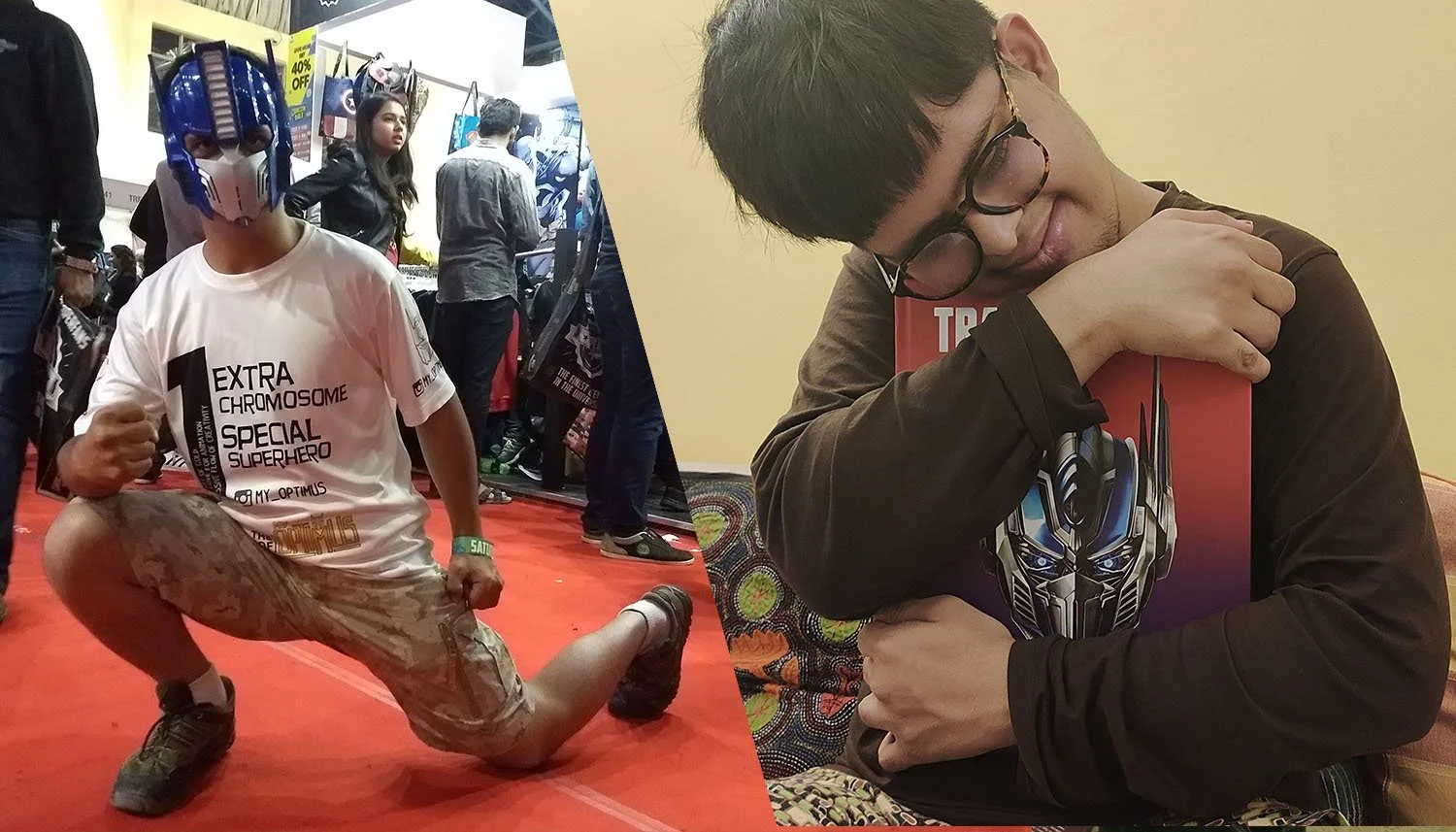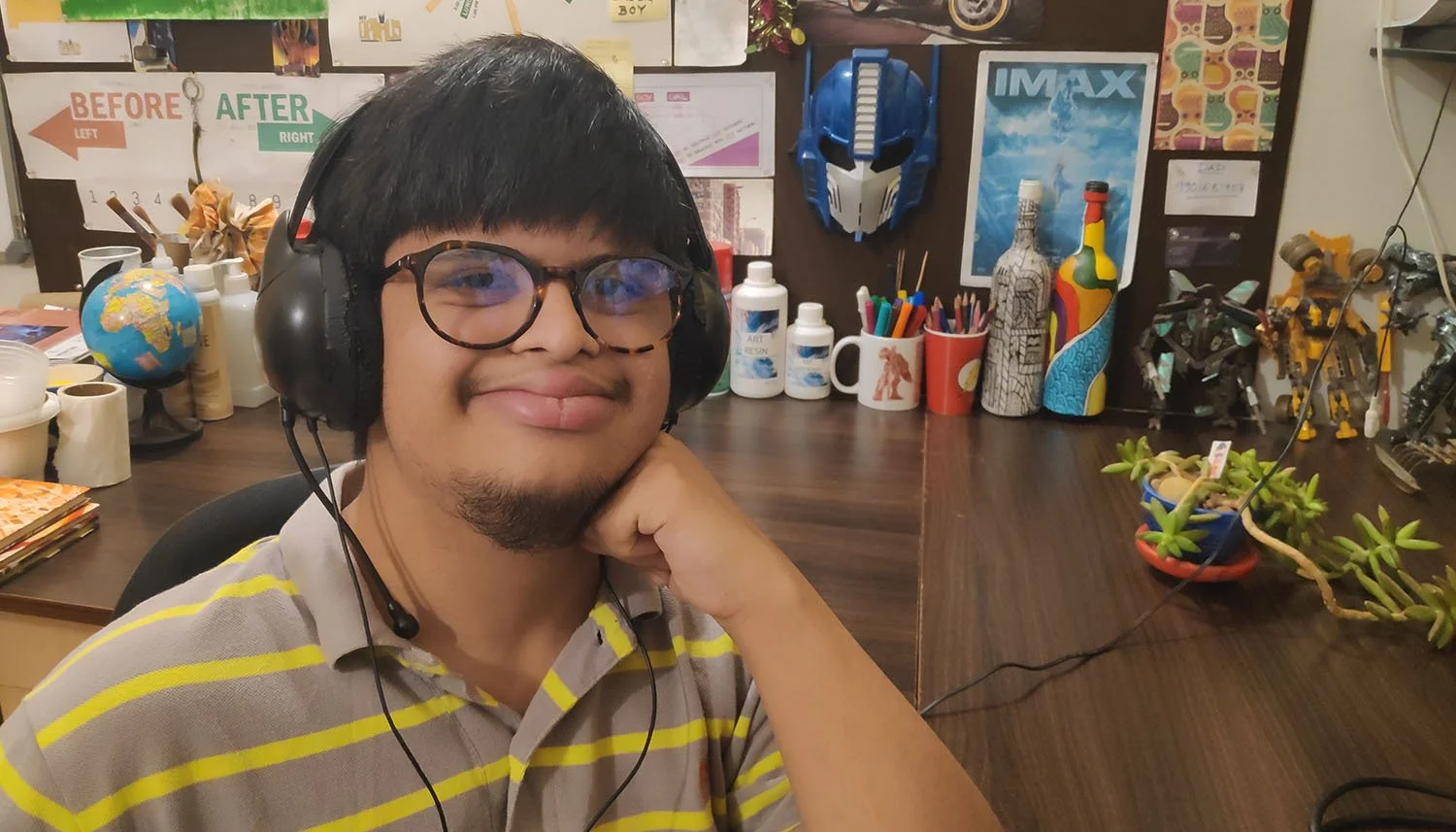Jijo & his stories
I recently stumbled upon the #greatindianwriterschallenge through #parentsofmasterclass with the living legend - Ruskin Bond and I took this opportunity to make Jijo create a story from a prompt given by him. I showed him the illustration of ‘The Road to the Bazaar’ by the eminent writer and asked him if he could make a story out of it.
And here is his first ever storytelling session from the cover illustration of this book shown above. Note: He has no clue about the story at all and has never come across this piece of literature. This is him using his imagination to weave a tale around the illustration.
As his mother, I was immensely grateful and proud to see how this was appreciated by his fans, friends and family on social media. He was on top of the world and beaming with confidence because he knew how important this skill was for what lay ahead - his massive dream to work in Disney-Pixar someday as a concept artist and character designer, weaving together worlds and stories that he loves so intently. More on this in this blog.
First, let us take you through how he put this story together from the visual prompt given. It wasn’t easy as a story includes an introduction to setting and characters, initiating events, a problem, a resolution and a formal ending.
I began with verbal prompts. Asked him small questions, like who are the two children? What are their names? What do you see around the children? Where are they? Why is the boy clutching a bag? What is the girl holding? What do you understand by their expression? Can you play in the bazaar? Is it during the day or evening? Where are their parents? Do they look happy or sad? Why do you think they are happy? Why is the illustration yellow?
This narrative task gave us a clear view of Jijo’s language and socio-cognitive abilities to participate in different variables. He began answering the questions in his own way. His animated answers were typed by me. And different components spanned a yarn into a beautiful fabric. Jijo and I sat down and reduced the length of the story using verbal prompts again. The story has the aspects of what he is learning and things that he has heard from us. The names Pintu and Pinky evolved out of nowhere but were spontaneous!
So where did this begin with Jijo? This was not the first time he attempted to tell a story. He has been attached to creating from a very young age and we didn’t leave any stone unturned to help him grow with the exposure of animation and live action films. The stories of which Jijo got very attached to and they helped him broaden his imagination.
Since language and communication came in late, I made it a point to show him storyboards, picture books and comics to string sequences together. Visual learning always appealed to Jijo and it helped him acquire relative strength in vocabulary and better language comprehension.
Jijo loves creating stories with great enthusiasm. His world revolves around his favourite characters and their fictional universe.
Disney, Pixar, Dreamworks, BlueSky and more
Our Friday sessions of watching films by Disney and Pixar transported him to the land of fairy tales and more! A film was seen to understand the story before anything else and as a child he would answer in his own way - who Nemo was or why is Simba a naughty little cub? With time he learnt to research the ‘making of a film’ and told us stories of how it all came together! Every character in the film had an emotion and this helped Jijo learn about feelings.
He even used his scale models/action figures to make stories as a filmmaker with his phone camera and his voice!
Age of Superheroes
As he grew older, his brother introduced him to Transformers and films by Marvel and DC. That’s when he grew closer to his god-like hero - Optimus Prime. The film Transformers: The Last Knight affected Jijo a lot when Optimus went rogue and hit Bumblebee! We heard him give speeches to an imaginary Optimus Prime to whom he explained why this was not done and he should never have hit his best friend. We realised how attached he got to the things he saw with great visuals and a story!
His life began to revolve around the heroic deeds of the superheroes in Marvel. He was excited about making short films with voice - overs using the action figures developing stories around them. Films and story books gave him the capability to narrate a story in his own way, understanding the basic plot. Self-Talk helped him ease out of difficult situations and gained him new vocabulary, overcoming situations.
Indian epics too have a special place in his heart. After watching them - it is story telling time to his grandparents and parents! And let’s not forget how many stories he makes to get out of trouble!
Lately, he also began to write about people at home, characters in films, and his feelings in his own way. We insisted that he talk about his artwork – sketch or paint. He enjoys journaling about his happy times and sad times, his road trips and family gatherings.
The next steps
This has been one huge milestone for Jijo! He learnt to speak, read and write late but I kept at it and am still doing so. Stories are an integral part of any individual. There are multiple things to process to finally integrate all this into one whole. We were always advised by his pediatrician to take him out, to talk to him, to involve him even if his speech was delayed.
Thus, I reiterate, that given an opportunity, our children with special needs will shine in their own light. We have to be open to ideas and see whether it works with our dear ones. New experiences mixed with the old ones will give rise to new paradigms. A new standard will be set. We need to keep exploring different (and sometimes quirky) ways to achieve a certain goal to help our special one reach theirs!
- Moushumi Das (Jijo’s mother)

